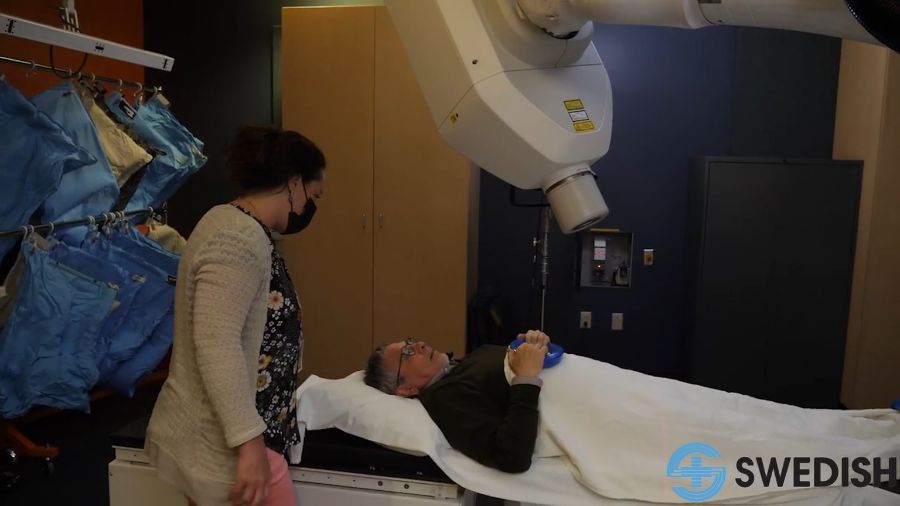Moderate Seattle candidates carry the night, as progressives face steep climb to close gap
Nov 3, 2021, 5:48 AM

Bruce Harrell, Ann Davison, and Sara Nelson. (Photo credits: AP, campaign courtesy photos)
(Photo credits: AP, campaign courtesy photos)
The first round of Seattle and King County election results arrived Tuesday, with moderate and conservative candidates largely carrying the night.
See all local election results
Early results saw Bruce Harrell, Ann Davison, and Sara Nelson all jump out to sizable early leads, opening up margins of 30 points, 17 points, and 21 points, respectively, over their more progressive challengers.
That said, the prevailing narrative in Seattle elections is that candidates with more moderate or conservative leanings tend to hold election night leads, while their progressive counterparts will often close that gap in subsequent tallies as the week goes on. That’s a trend primarily driven by the tendency of older, more moderate voters to turn in their ballots earlier, and thus have their votes counted first.
The same could be said for the 2019 election, when District 3 City Councilmember Kshama Sawant rallied to close an eight-point election night gap, eventually winning by a four-point margin. While District 4 council candidate Shaun Scott didn’t end up winning in that same year against Alex Pedersen, he similarly whittled a 17-point election night deficit down to just four points.
In the 2021 August primary, that trend persisted — albeit to a less dramatic extent — when Position 9 council candidate Nikkita Oliver closed an eight-point gap to ultimately prevail by a single percentage point over Sara Nelson. Mayoral candidate Lorena Gonzalez also cut Bruce Harrell’s nine-point election night lead down to two points by the time final results were tallied.
This time around, in the general election, Gonzalez, Oliver, and city attorney candidate Nicole Thomas-Kennedy will all have to make up even wider margins than Sawant managed to overcome in 2019.
Another election, another late surge for Seattle’s progressive candidates
That could prove to be a difficult mountain to climb for all three trailing candidates. Even so, early turnout numbers indicate that they may still stand to at least make up some ground.
With a week to go until Election Day, just over 15,000 ballots had been returned by voters between the ages of 18-34. By Tuesday afternoon, that number had ballooned to nearly 63,000, with 78% of returned ballots in that demographic having arrived over the last week (without counting a large portion of ballots returned late on Tuesday afternoon and evening).
Comparatively, almost 40% of all ballots turned in by voters over the age of 65 were already sent in by early last week.
Whether those late tallies will be enough to close the gap remains to be seen, but if they are, it would represent a comeback without much in the way of recent precedent in terms of the sheer scope.












